Link below:
https://drive.google.com/drive/folders/196WXRXGn1rPz1PRCWFd75WWEc_foRt_-




Theron Francis Life stories in Peace Corps April 5th, 1 pm at the Library Periodicals Area, 1st floor… By the panoramic picture window.
I was very fortunate to attend the Summer 2018 NASA MEI conference. During this time, I learned various STEM components and improved my knowledge of Aeronautical and Space Science. Prior to attending, I was having trouble trying to figure out how exactly I would incorporate this material in my future classroom. As an English major, these concepts rarely appear, and that is a huge issue.
STEM is in fact so versatile and should be incorporated cross curriculum. It makes learning more personal and fun. As an English teacher, my job does not end when the book is over. Therefore, incorporating STEM goes beyond the book. It places multiple subjects in the students minds and allows them to extend their knowledge rather than just stay at a base level.
Using STEM extends a student’s knowledge and pushes them to think in a way that they can incorporate their knowledge in the real world. Students can build and strengthen writing and literacy skills that will help them in math, science, technology and beyond. One of the most beneficial aspects of STEM is that it pulls knowledge from multiple subjects and allows students to apply it to prior and future knowledge. Through STEM, teachers can guide students to be effective and a contributor as global citizens.

Rebecca Garcia is currently a graduate research assistant in the College of Education and Professional Studies at Sul Ross State University.
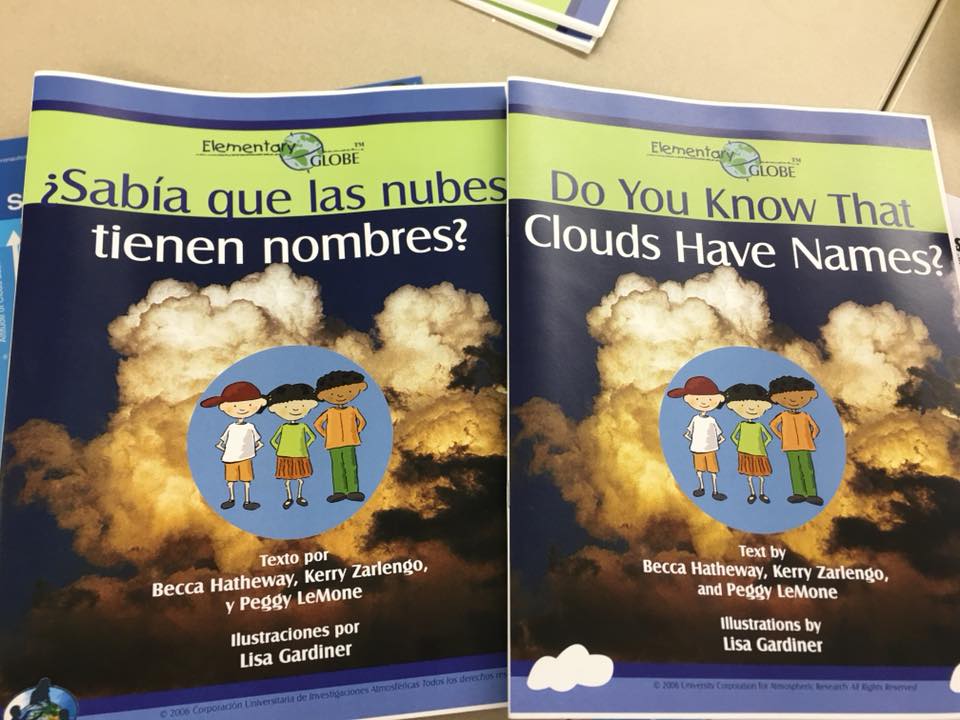
One of the STEM literacy examples that Rebecca participated in is the Do You Know That Clouds Have Names activity sponsored by The Globe Program, a global Science and Education Program. To learn more about Globe activities and to become a trained Globe teacher, visit https://www.globe.gov/join/become-a-globe-teacher.
Last week I have learned many different things about NASA, space exploration, and all the different ways I can use these events in my classroom and as an educator. Not only have I learned more about the insides of the NASA organization, I know about NASA’s future goals of going to the moon, Mars, and NASA’s past accomplishments, which could be used as a history lesson of NASA. Also, I have learned how I can use NASA to motivate my students in many ways. For example, I have learned that students that want to be astronauts can learn from current astronauts and see how they were kids just like them at one point in time. Also, I can encourage females in my classroom that they can be scientists as well and work for NASA and could fill many different roles scientists, astronauts, and could even work on the building of the spaceships. Not all people that work at NASA are scientists or doctors. In fact, NASA hires photographers, social media managers, digital designers, etc. I also learned many different experiments and lessons that I can take into my classrooms and help my students explore the different aspects of space and things that relate to space like spaceships, travel to the moon, and future explorations. I can now help bring real science to life through hands on experiences to help them better their understanding of science and how real science works. This past week I have learned so much! I can’t wait to share that with my students and other people that didn’t have the opportunity to do the NASA MEI program.

Elizabeth is hoping to teach kindergarten in the fall of 2018. She incorporated the 5E Instructional Model for student activities during the NASA MEI program.
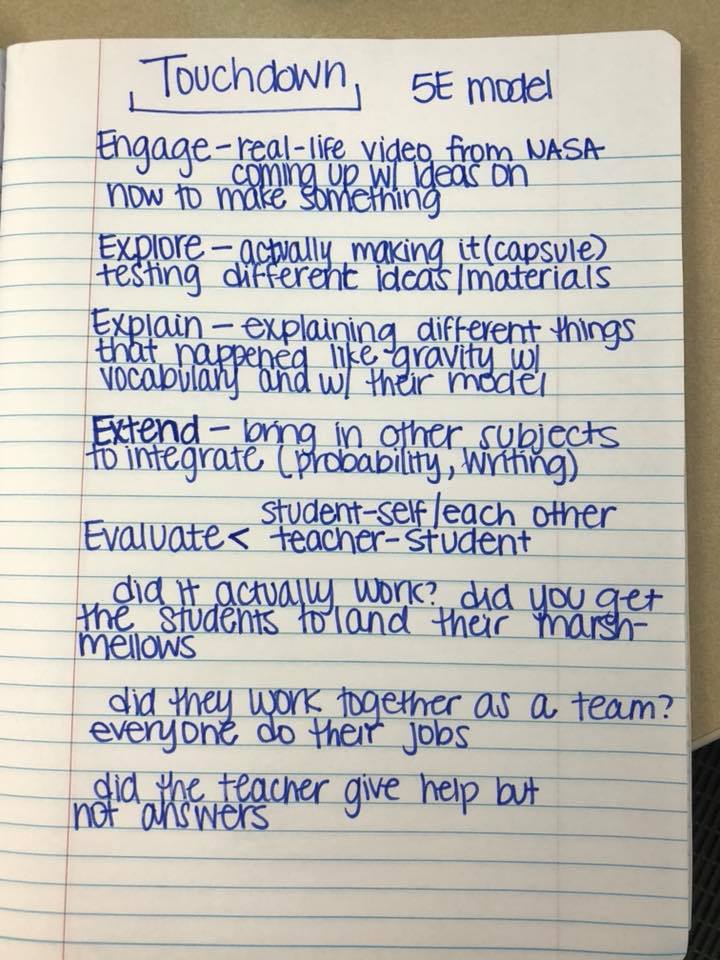
Today I learned that some of the characteristics that earth has such as wind, volcanos, water, and impacts other terrestrial planets may have the same characteristics. For example impacts which of course are usually the cause of some form of a meteorite that smashes into the ground causing a crater in the surface of the Earth or Mars or the moon. These impacts all have the same characteristics which help you determine that it is in fact an impact.
We were taught different activities to use in our classrooms that show the students these. As well as expanding on using the 5E model lesson plan!
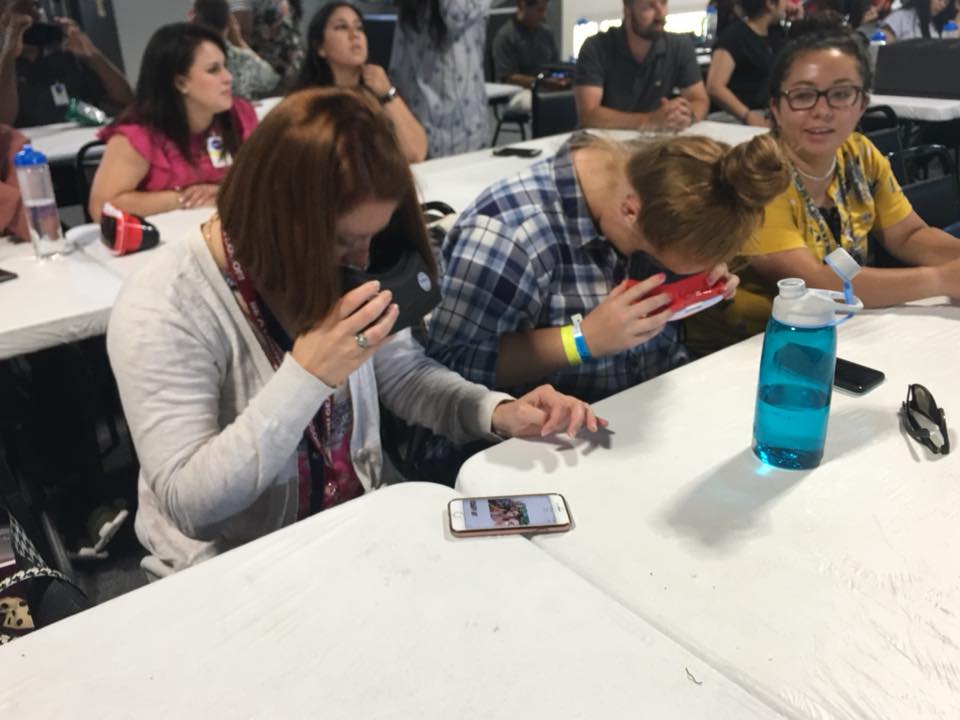
This allows the students to fully be engaged while exploring. The students have the opportunity participate in trial and error. But as along as the students can give solid evidence as to why they think it is an impact or water or wind then there is no wrong answer. Of course if we are talking about the moon then we know there is no water so there are no rivers and there for those would be volcanic lava flows.
Our preservice teachers have the opportunity to apply to be part of the NASA MEI STEM program sponsored by Texas State University and NASA Minority University Research and Education Project. The program is an intensive professional development program that introduces students to the 5E instructional model, STEM integration, and future-ready skill sets to incorporate in the classroom. Each day our preservice teachers are reflection on what they learned at NASA. This is our first reflection from a series of reflections that we will share with you over the the next week.
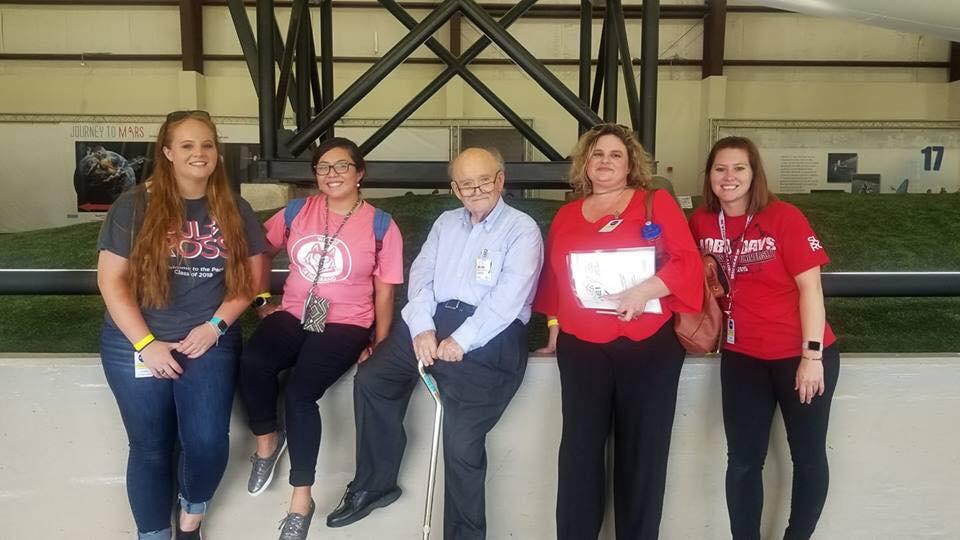
NASA MEI participant video reflection can be found at https://youtu.be/pbDQcxYlHxo.
As the global population increases, so does the demand for passionate and energized international teachers. In order to meet the United Nation’s goal of irradiating literacy by 2030, the need for for 69 million new teachers is now a priority. As English is an international language, native speakers have a real advantage. Teaching abroad offers many benefits to include cultural experiences, financial incentives, a rich professional experience to add to a resume, a strong global professional learning network,and the chance to make a real impact in the lives of others globally. To help students begin to consider positions internationally, check out the following resources.

Developing strategies to engage diverse students introduces experiences and perspectives that teachers can leverage as a powerful resource for everyone to learn more—in different ways, in new environments, and with different types of people. Each individual in this enormously diverse and ever-changing system has the power to serve as an invaluable resource for all others—students, teachers, and the community as a whole. The growing diversity in . classrooms necessitates and encourages the development and use of diverse teaching strategies designed to respond to each student as an individual. Here are a few resources to help teachers begin meeting the needs of diverse students.
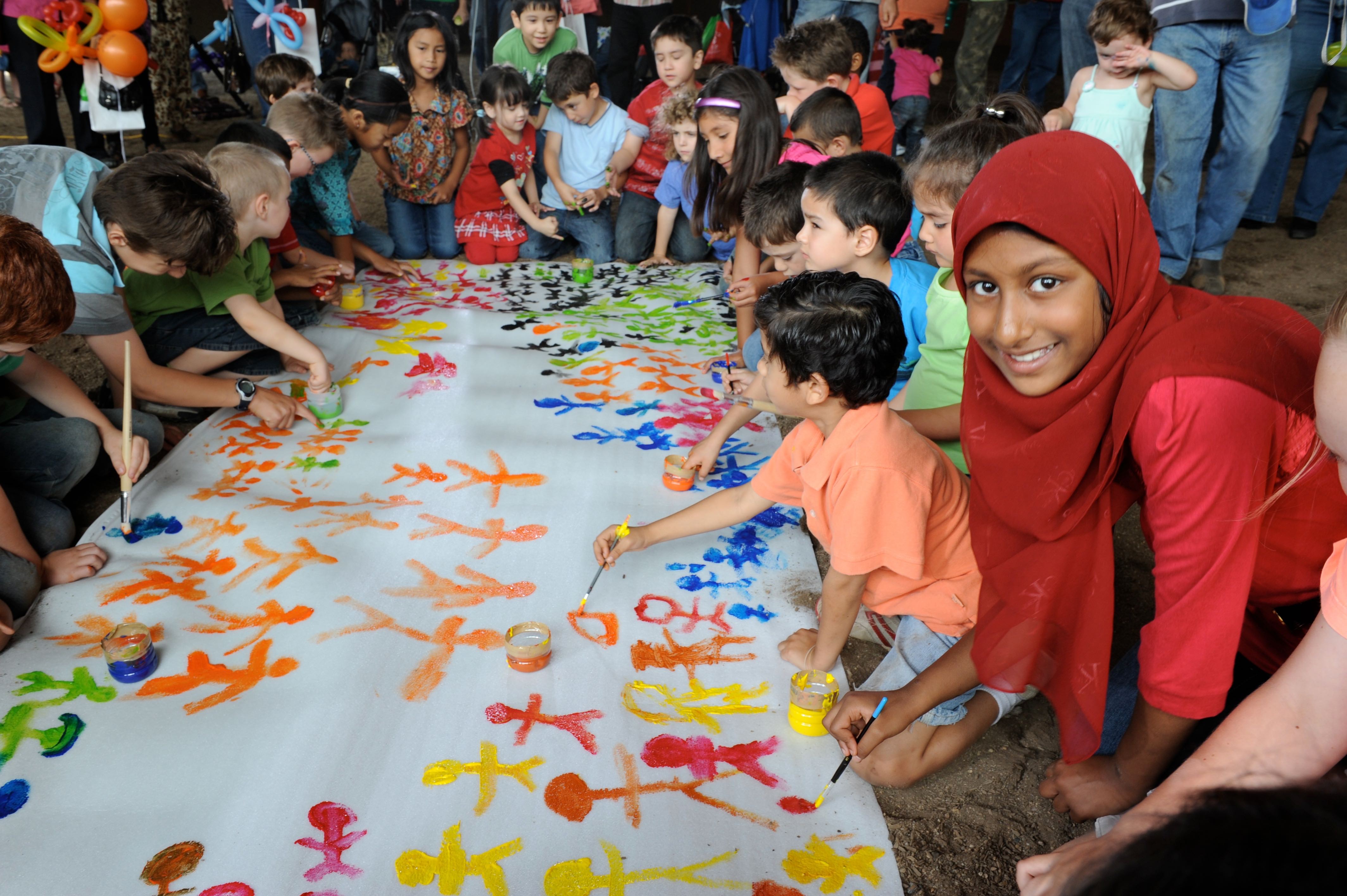
Social media can serve as a great resource toward improving communication, collaboration, critical thinking, and creativity between all education stakeholders. Recent research sponsored by The US Students communicate, research, collaborate, create and publish online with or without the help of parents or educators. The social networks students use are conducive to so many facets of modern learning. How can educators equip students with the skills and knowledge to become effective social media professionals?
Before you establish a class account, it is essential to check with an administrator to see what your school or district policies are on social media. If social media is going to be a presence in your classroom, it has to be done carefully and in a safe manner. When considering whether or not to integrate social media into your classroom, it is also important to ask questions and consider the pros and cons.
Educators can also create a simple social media contract to alert parents, invite families to participate, and collect student usernames. Most social media websites and apps require that kids be 13 to sign up. Despite what many think, this isn’t to limit kids’ exposure to inappropriate content but due to the Children’s Online Privacy Protection Act (COPPA), which prevents companies from collecting certain information from kids under 13. Rather than create an environment that protects kids from data tracking, Facebook and other websites and apps choose to restrict access to those under 13. Digital citizenship needs to be a constant consideration and reminder throughout the process. Many tools can be safely monitored and set to a private group such as Kidblog, Google Apps for Education, and Edmodo.
One of the best ways to begin is through your own modeling of appropriate use. As parents, grandparents and educators, part of our job is to teach and model how to safely navigate the physical world. Why would it be any different in the virtual world? How can you begin. Start by connecting with experts. Skype in the Classroom is a great way to bring in a guest speaker for a day. Use social media to engage in real conversations about learning with other classrooms and experts. Modeling use of social media through authentic, real-life situations is the best way to ensure our students will not only know how to use social media responsibly, but will also understand why doing so is important. One way to address this is by engaging in real conversation. Use social media mistakes as an opportunity to teach, not punish. When a student inevitably used social media in a less-than-desirable way, they would take the opportunity to discuss, not admonish, their decision-making process for what was posted. This allowed students to “fail” within the safe confines of school and learn from their mistakes before similar mistakes as adults could have lifelong consequences.
https://www.youtube.com/watch?v=riZStaz8Rno